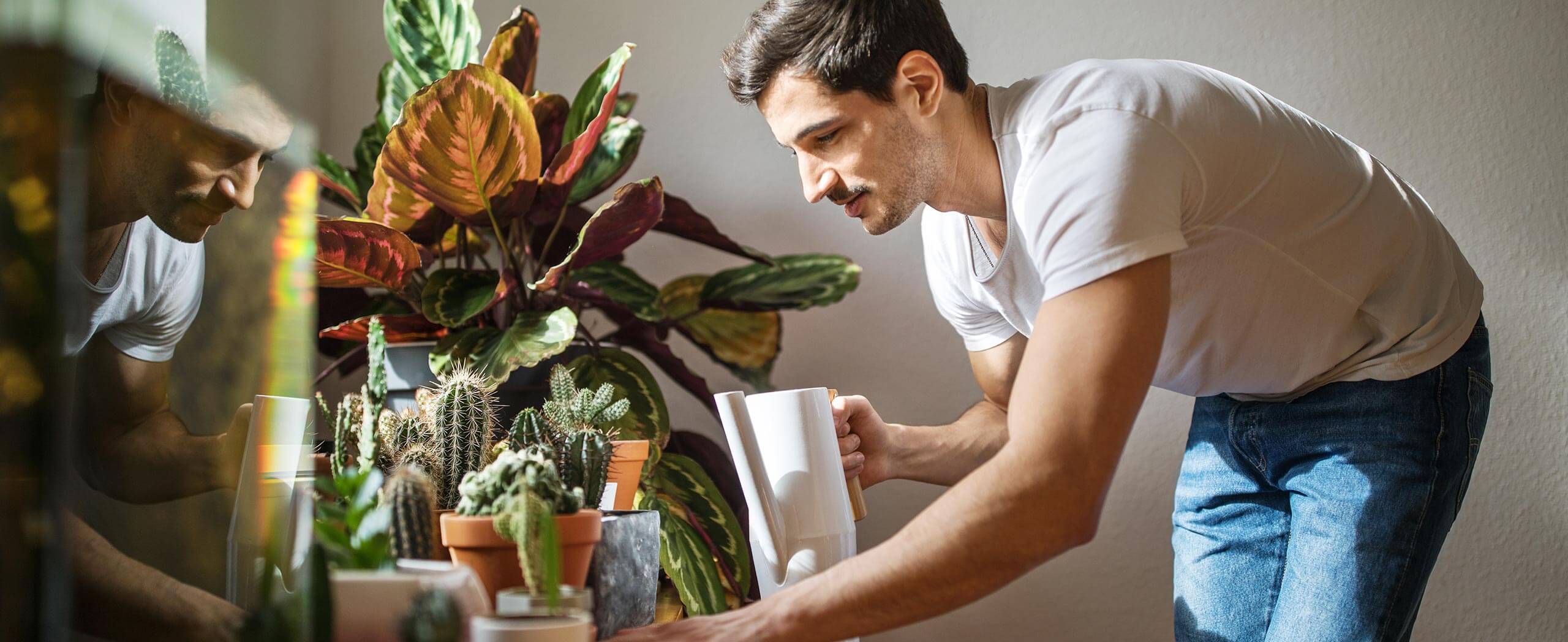
Homeownership readiness
Buying a home is one of the biggest financial decisions you’ll make. There are many factors to consider before becoming a homeowner.
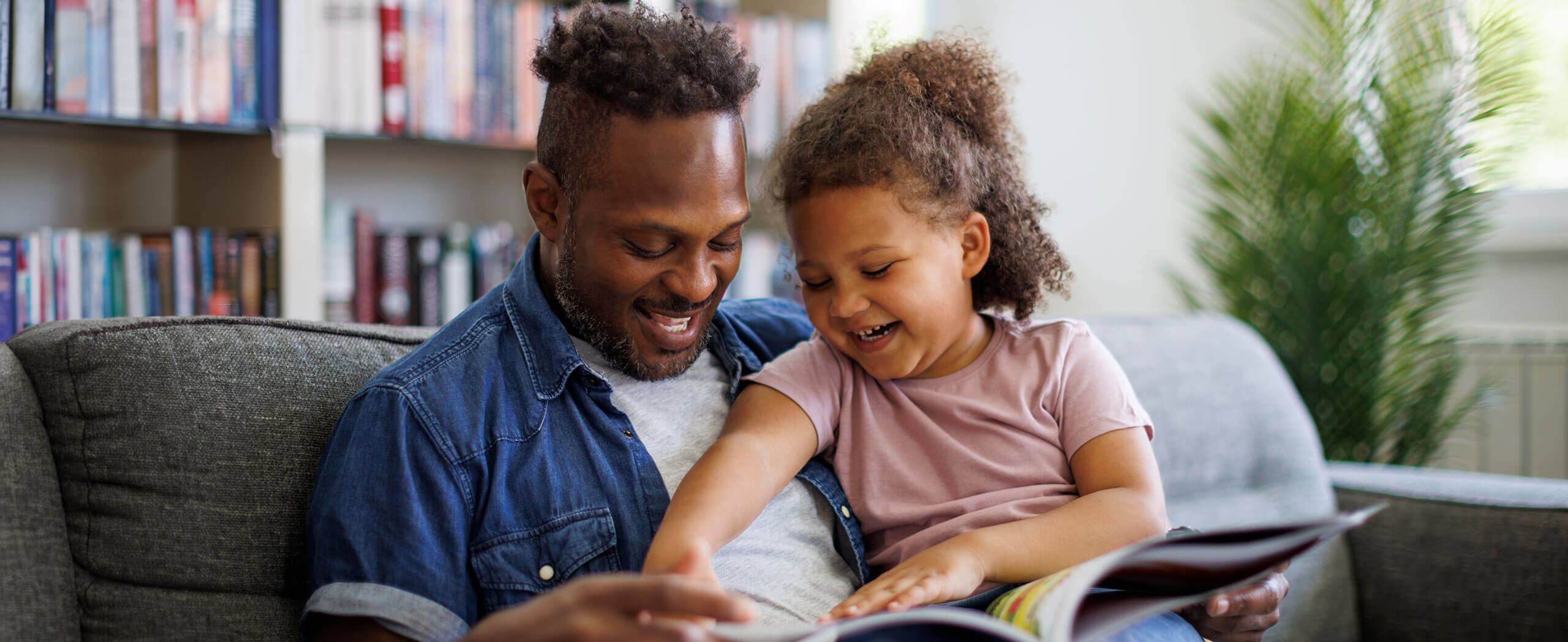
Homeownership affordability
Wondering how much house you might be able to afford? We’ll help you understand the full cost of buying—and owning—a home.

Starting your home search
Finding your dream home is the exciting part. Here’s a checklist of things to consider as you start your home search.
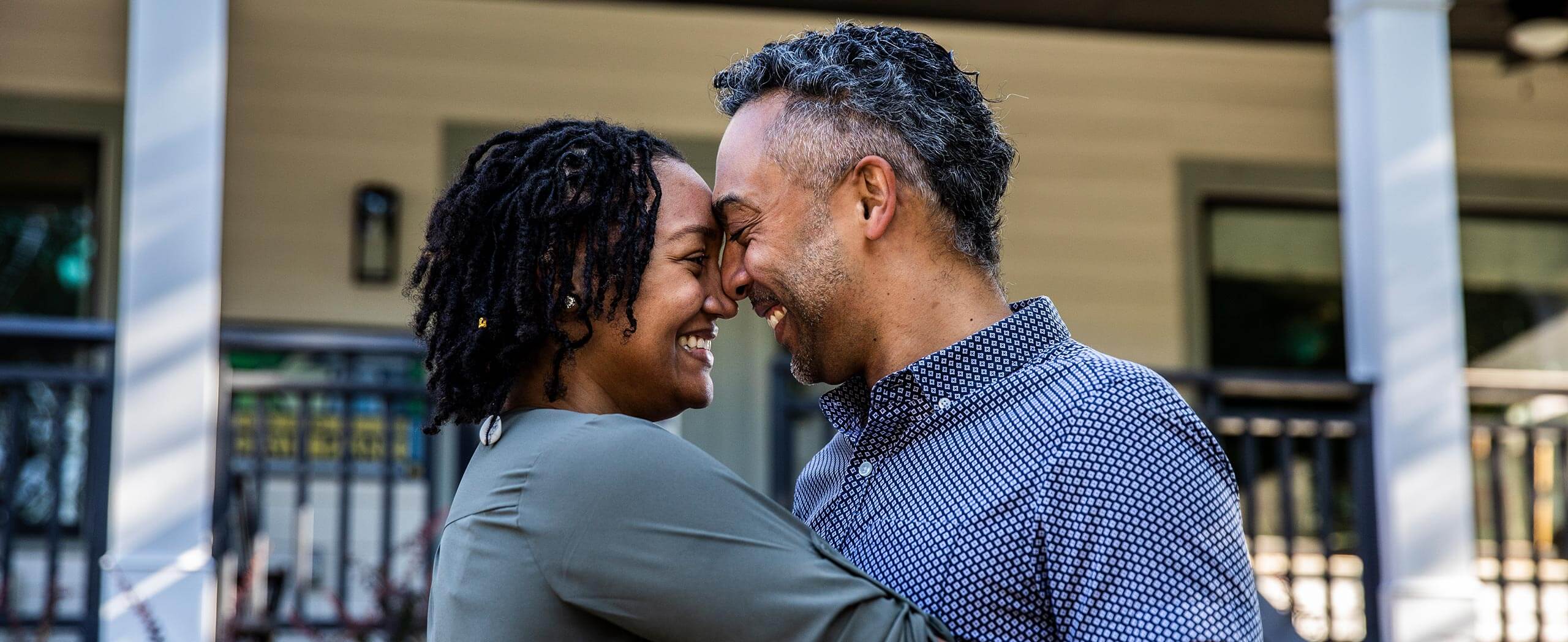
After you’ve found your home
Congrats – but there are still a few things to know about preapprovals and making a compelling offer on your home.
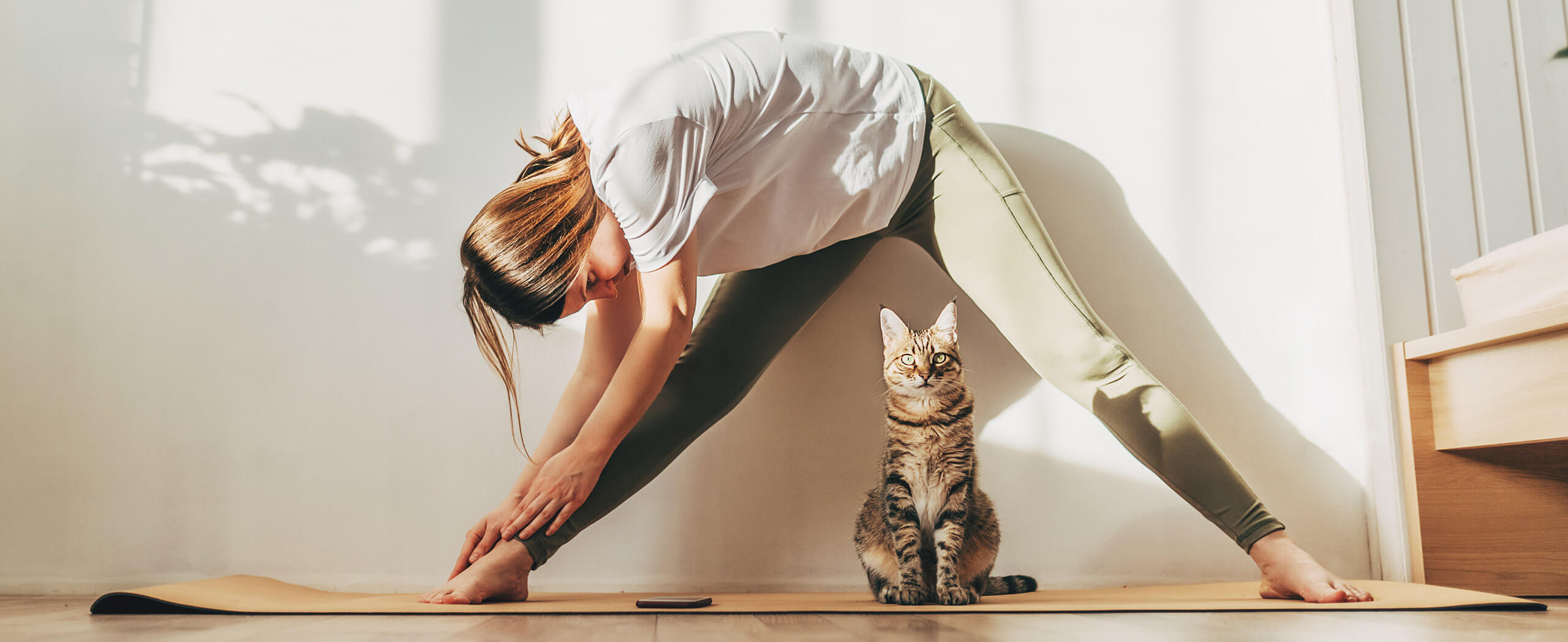
Qualifying for a loan
Your mortgage lender will review your situation to determine your ability to handle the increased financial responsibility of buying a home. Here’s what matters most.

Types of mortgages
From fixed-rate to adjustable-rate mortgages and government loans to conventional mortgages, there are options to fit your specific needs.

Applying for a loan
It’s time to gather the right documents and lock in your interest rate.
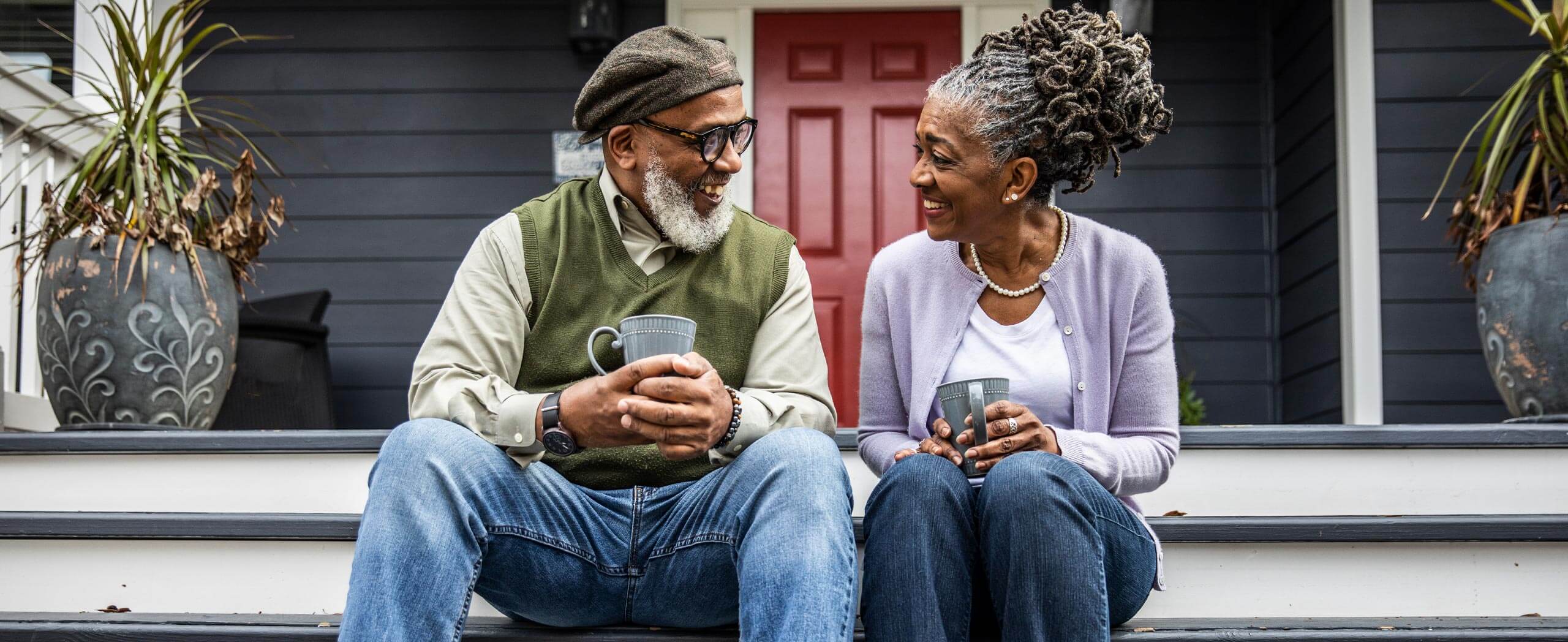
Preparing for closing
You’re getting close to being a homeowner, but there’s still work to be done.
